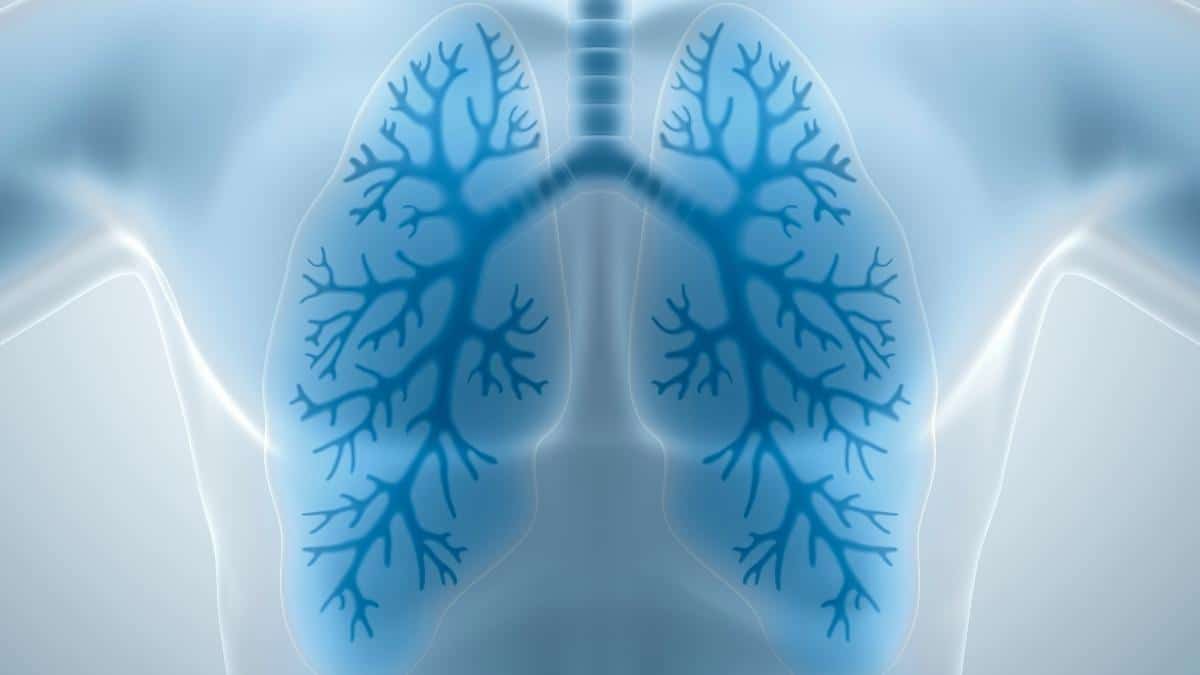After a diagnosis of lung disease, quitting smoking is the single most effective thing a person can do to minimize lung damage, and the first of six tips for keeping your lungs clean.
The human body demonstrates an amazing ability to promote the healing of itself, and the lungs are no exception.
However, long-term inhalation of smoke, smog or other harmful substances can overcome the lungs’ ability to flush themselves clean. The lungs are lined with cilia that move foreign particles upward and outward into the trachea, clearing alveoli so the little air sacs can do their job.
“It’s like a mucus escalator,” according to Norman Edelman, M.D., a scientific advisor to the American Lung Association.
“That’s a major form of defense. Within a few days to a week [after smoking cessation], you start feeling better, and you start coughing up all that bad mucus you have down there.”
I’ve already mentioned the first tip, but here’s the complete list of six tips for keeping your lungs clean.
1. Quit Smoking!
If you have been a long-term smoker—of anything, be it cigarettes, a pipe, or marijuana—your lungs are scarred.
Tobacco smoke in particular contains carbon monoxide (poison), tar (gums up those little air sacs we need to breathe), and a plethora of additives Big Tobacco has so infamously added to keep smokers smoking (more poison).
Above all, no matter what else you do, stop smoking now.
2. Adopt a Cleansing Diet.
Evidence exists that antioxidant-rich foods can benefit the lungs. Findings of a 2010 study show people who consumed the most cruciferous vegetables such as bok choy, broccoli, cabbage and cauliflower had close to half the risk of lung cancer as compared to those who ate the least. Listen to your mother—eat your veggies.
3. Exercise.
Quit smoking, eat right and exercise–you’ve heard this spiel before. That’s because it’s the truth. Better cardiorespiratory fitness means that lungs are better able to keep the heart and muscles supplied with sweet, sweet oxygen. Regular exercise is imperative for those suffering from chronic lung disease. The hardest thing about exercising is getting started, and even a tiny effort is better than doing nothing at all.
4. Monitor Local Outdoor Air Quality.
Air quality refers to the state of the air all around us. It is the degree to which the air is pollution-free, and it’s determined by measuring pollutants, emissions from sources such as factories and vehicles and ozone, also known as smog. These are the greatest contributors to outdoor air quality. It’s easy to understand the importance of air quality for lung disease sufferers.
You can check your local air quality index (AQI) using this online tool from airnow.gov. You can search by zip code, or by state. The website also provides a guide to what the numbers mean. If the AQI value is higher, there is more pollution in the air and more concern for people’s health and well being.
Be proactive. If the air quality during the day is poor, try to stay indoors. Adjust outdoor activities accordingly, and you can reduce the amount of pollution you’re breathing in.
5. Pay Attention to Indoor Air Quality.
Indoor air quality also contributes to lung distress. Dust, irritants and chemicals can build up in your home. People with lung disease usually spend a lot of time indoors, and it’s important to do so on days when outdoor air quality is poor.
Here are a few suggestions to help improve indoor air quality:
- Clean Up – Vacuum often and invest in a good-quality vacuum cleaner. Mop your floors, but try not to use chemical-laden cleaners.
- De-humidify – Dust and mold like humidity. Use a de-humidifier, keep your exhaust fan going when cooking and fix leaks to prevent mold.
- Test for Radon – Radon is a radioactive gas occurring naturally in the ground, and it contributes to lung cancer. It can get in your home from the foundation. Pick up a radon test kit at any home improvement store.
- Go Chemical-free – Use natural cleaning products, fragrance-free products and avoid aerosol sprays.
- Purify the Air – Indoor plants such as a fern, spider or aloe vera can help purify your air. You can also use an air purifying machine.
6. Clear Your Lungs.
Let’s talk mucus. People who suffer from lung diseases such as (COPD) have a significant amount of fluid to clear from their lungs. It’s important to keep the lungs as clear as possible to make breathing less stressful.
There are natural methods patients can discuss with their doctors such as postural drainage, in which gravity is used to help drain mucus into the mouth by placing the body in specific positions.
Different positions drain different areas (lobes) of the lung. The mucus can then be coughed or spit out.
Chest percussion (chest physiotherapy) is a simple procedure in which the chest is clapped with a cupped hand to vibrate the airways and loosen mucus so it can be eliminated. Chest percussion is often used to complement postural drainage.
Ask your doctor or respiratory therapist about these techniques for clearing excessive mucus from the lungs.

Christine Kingsley, APRN is the Health and Wellness Director at the Lung Institute where she focuses on providing helpful online resources for people looking for information on various lung diseases, breathing exercises, and healthy lifestyle choices. She advocates for holistic care that involves working with your doctor to explore all options including traditional and alternative care while focusing on diet and exercise as proactive measures.









